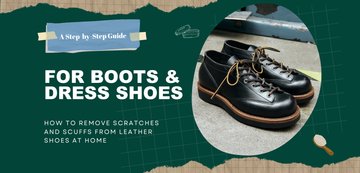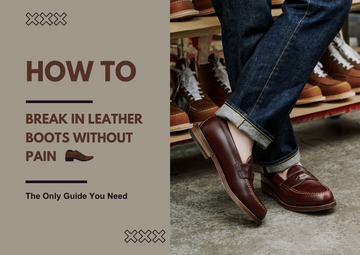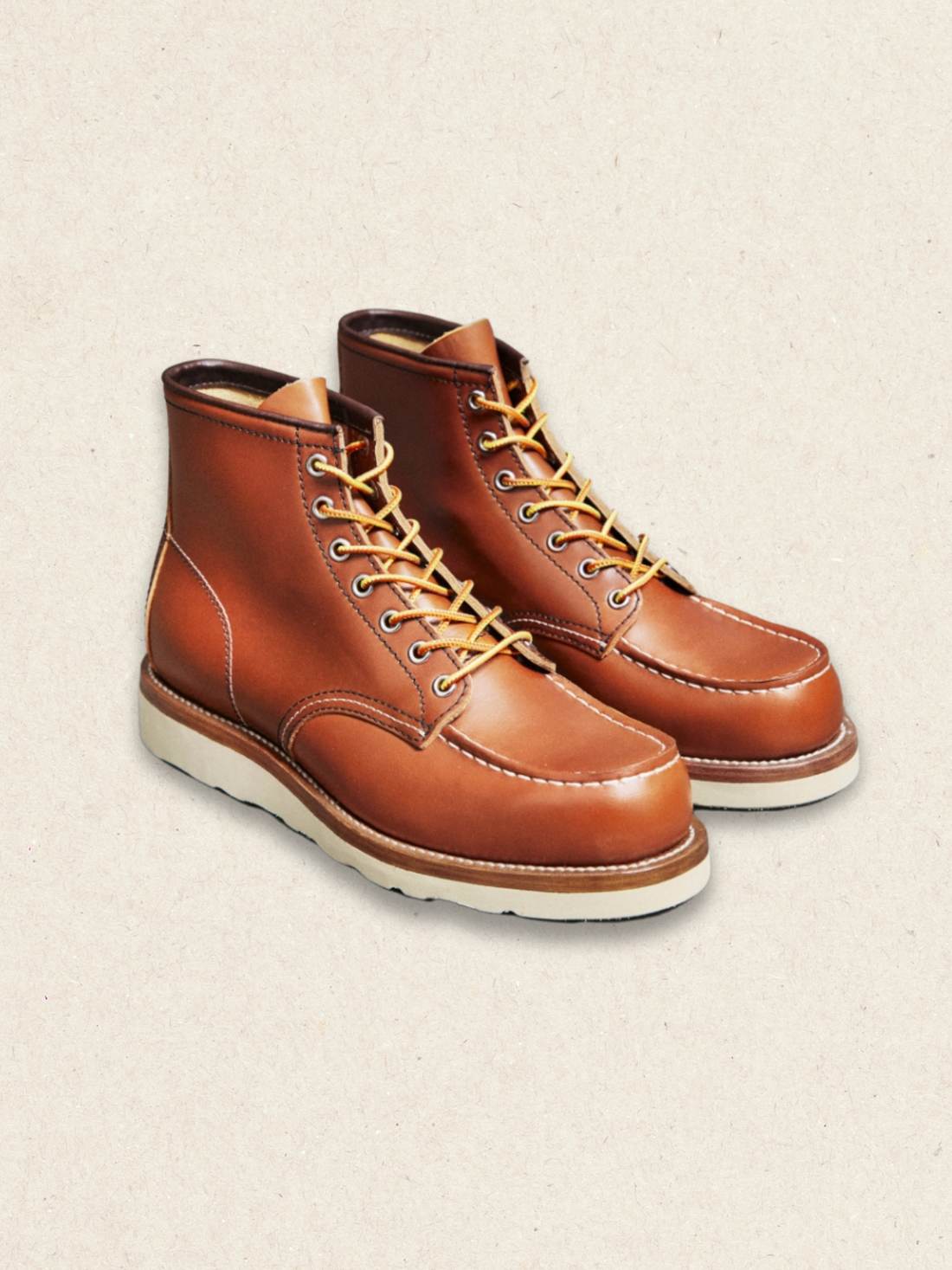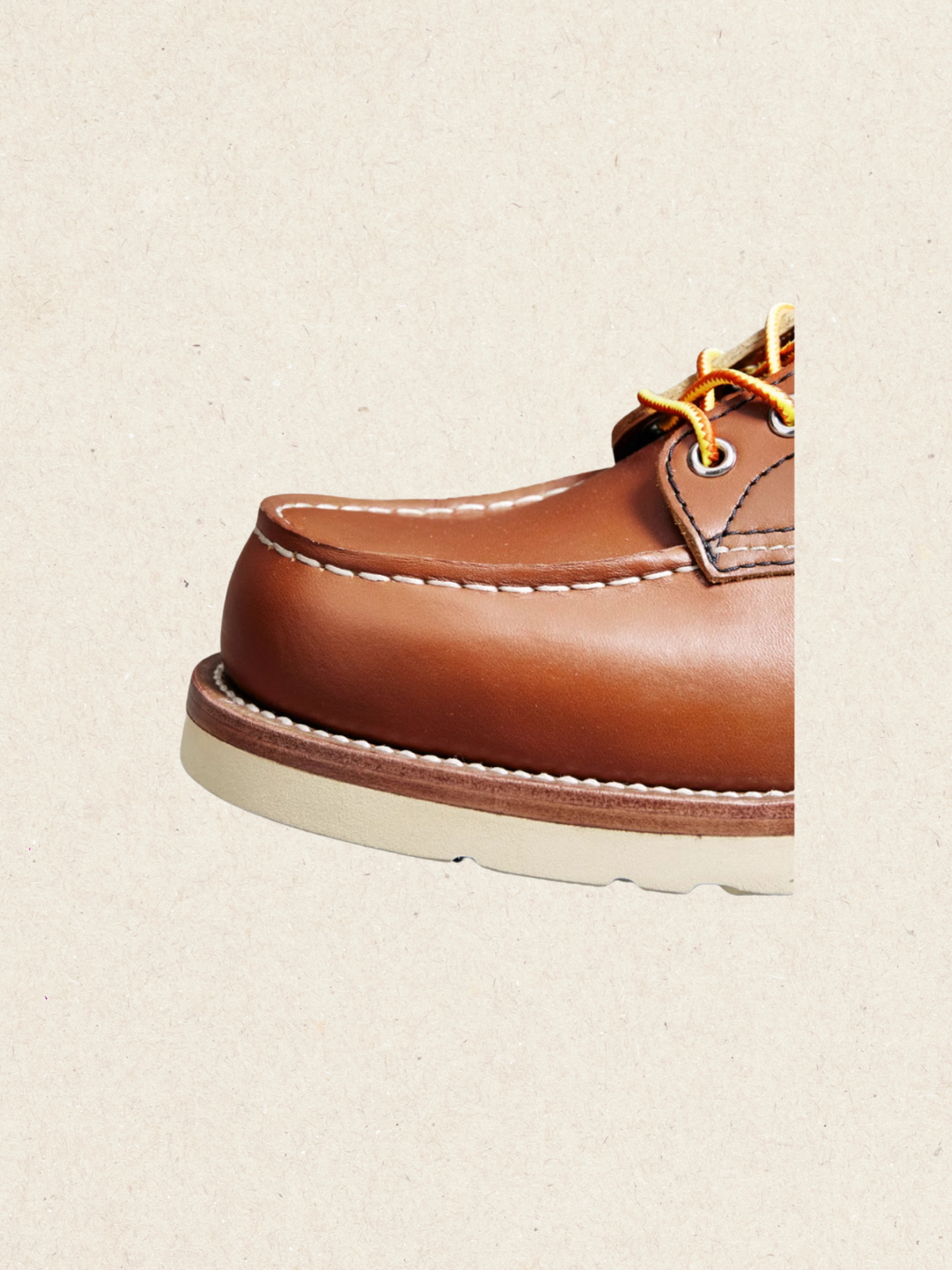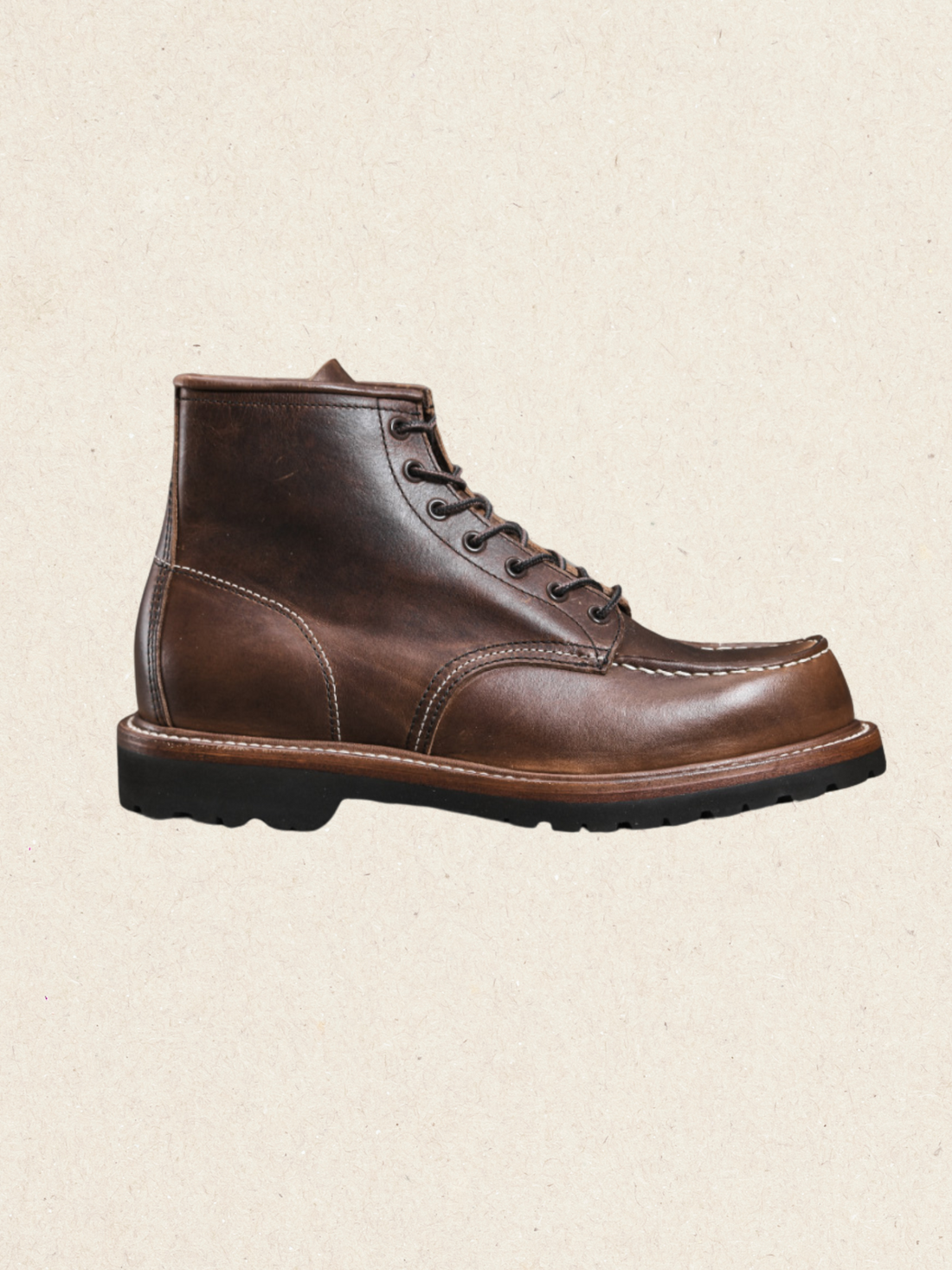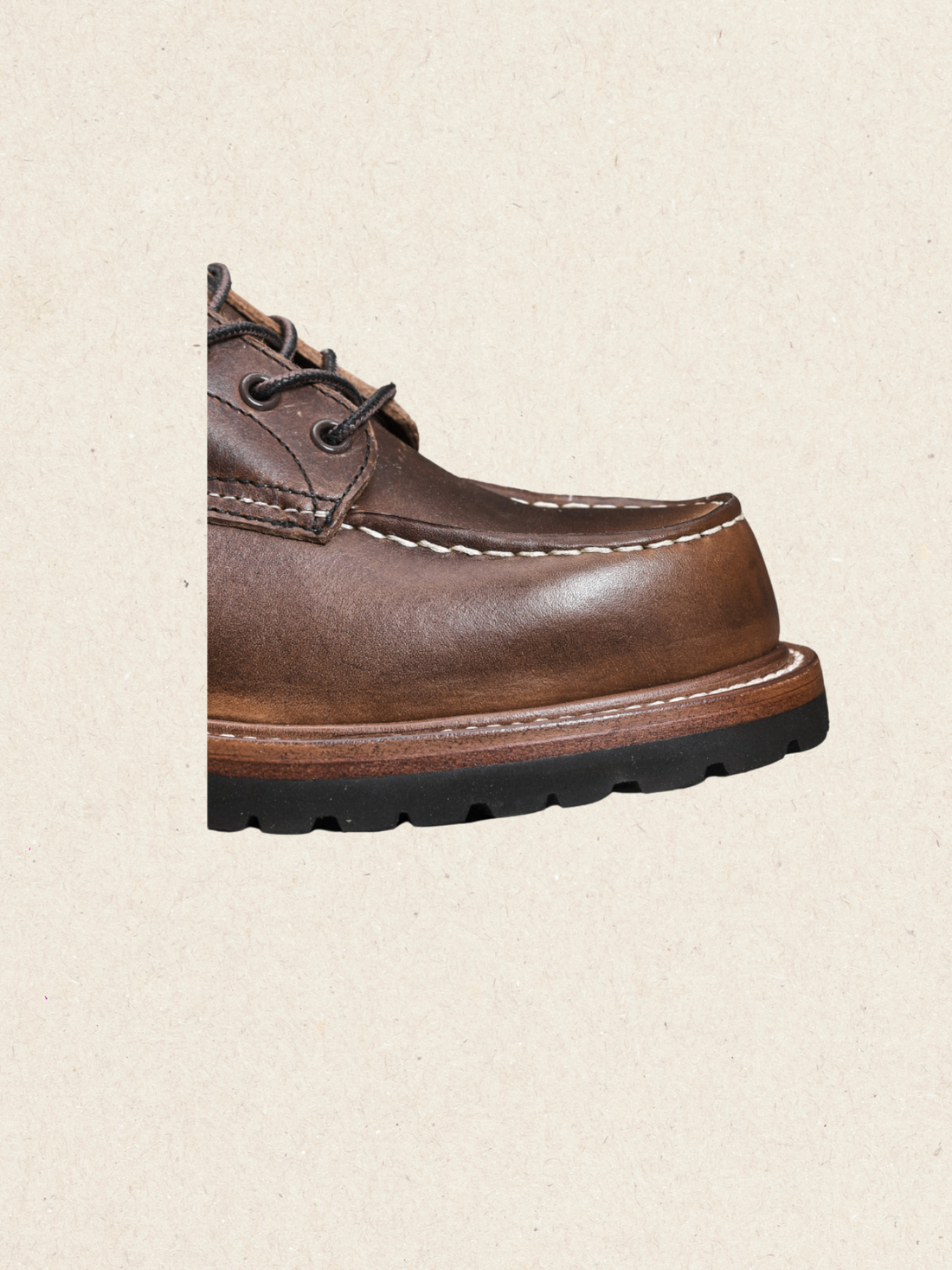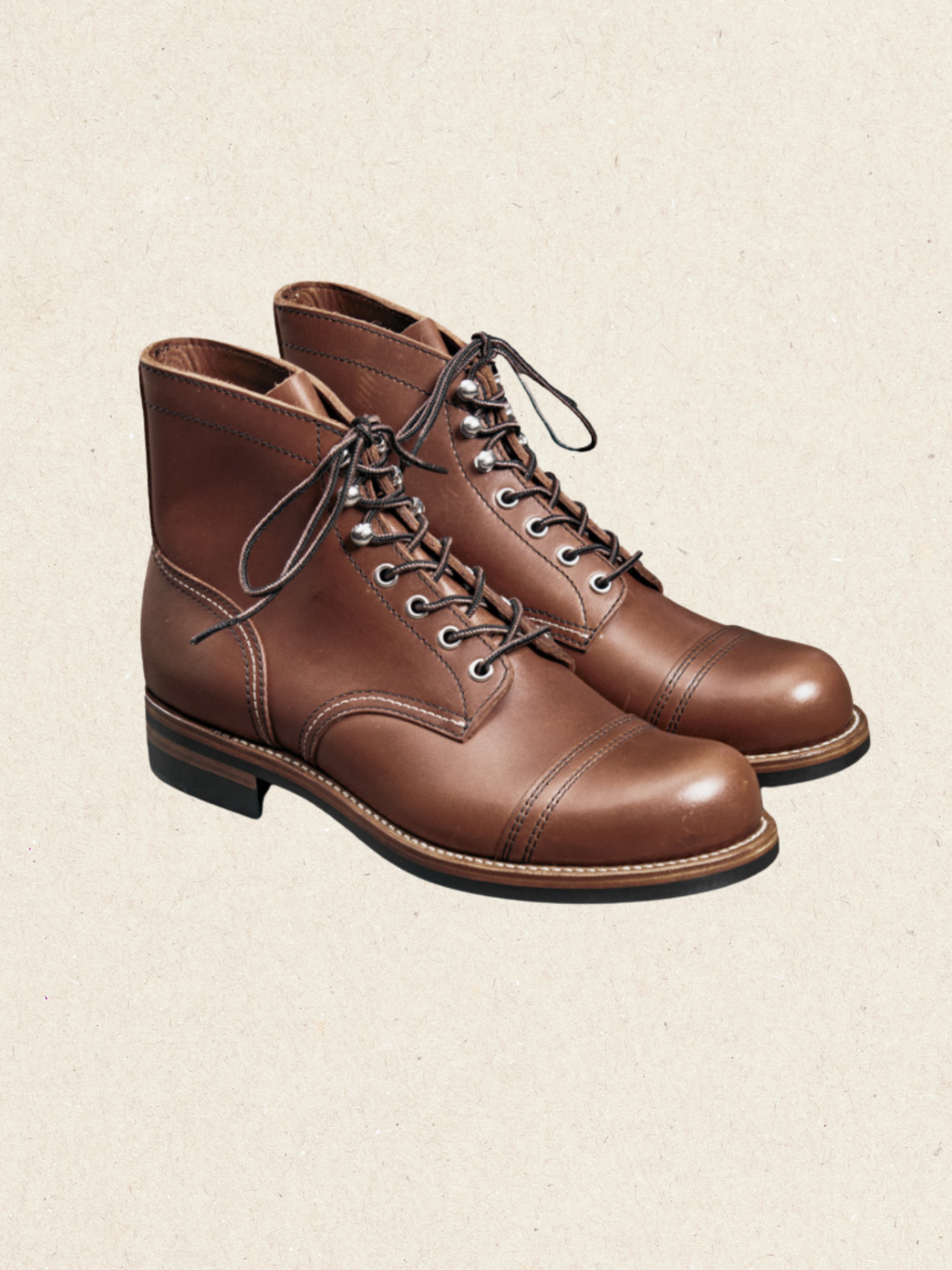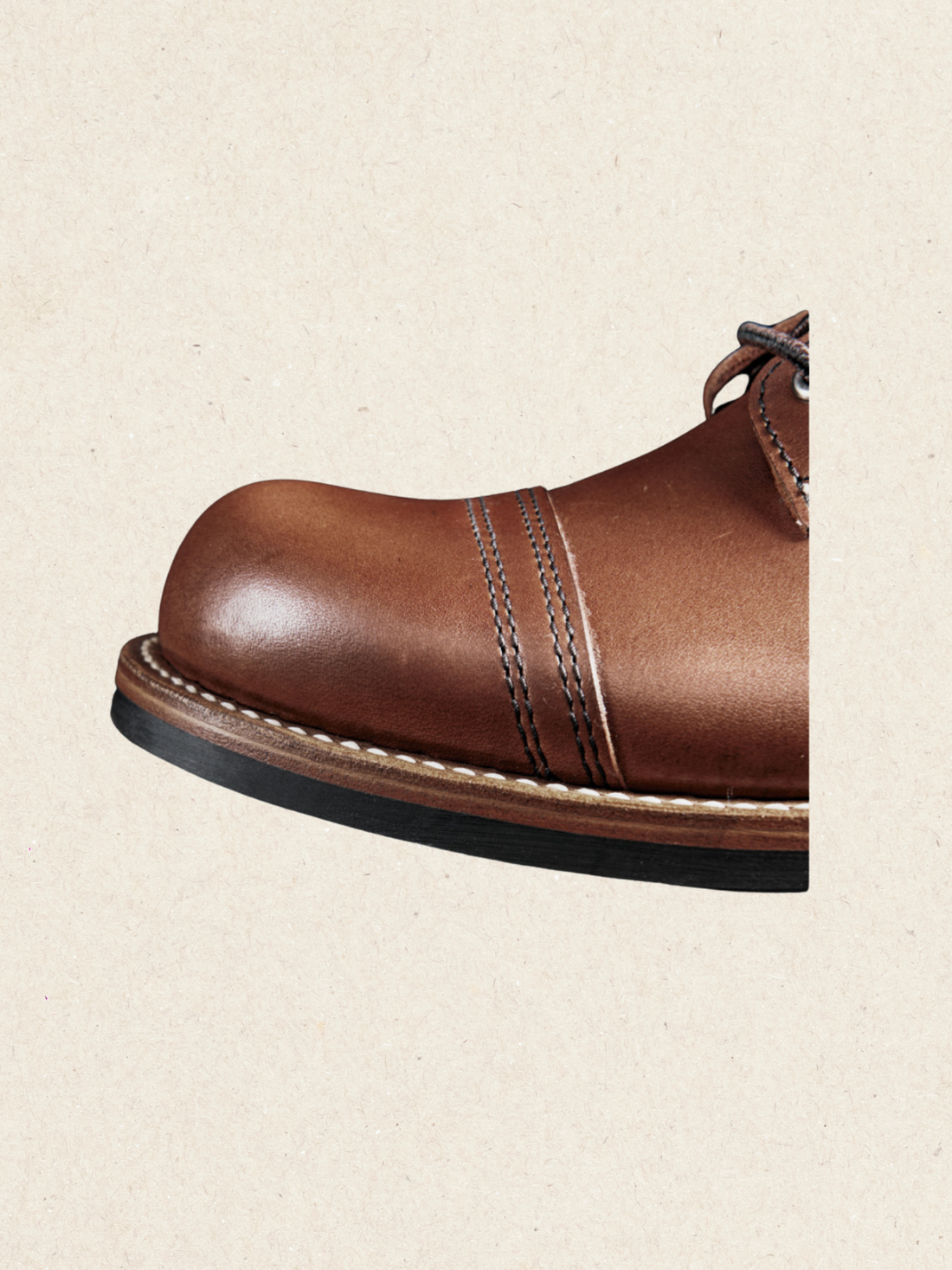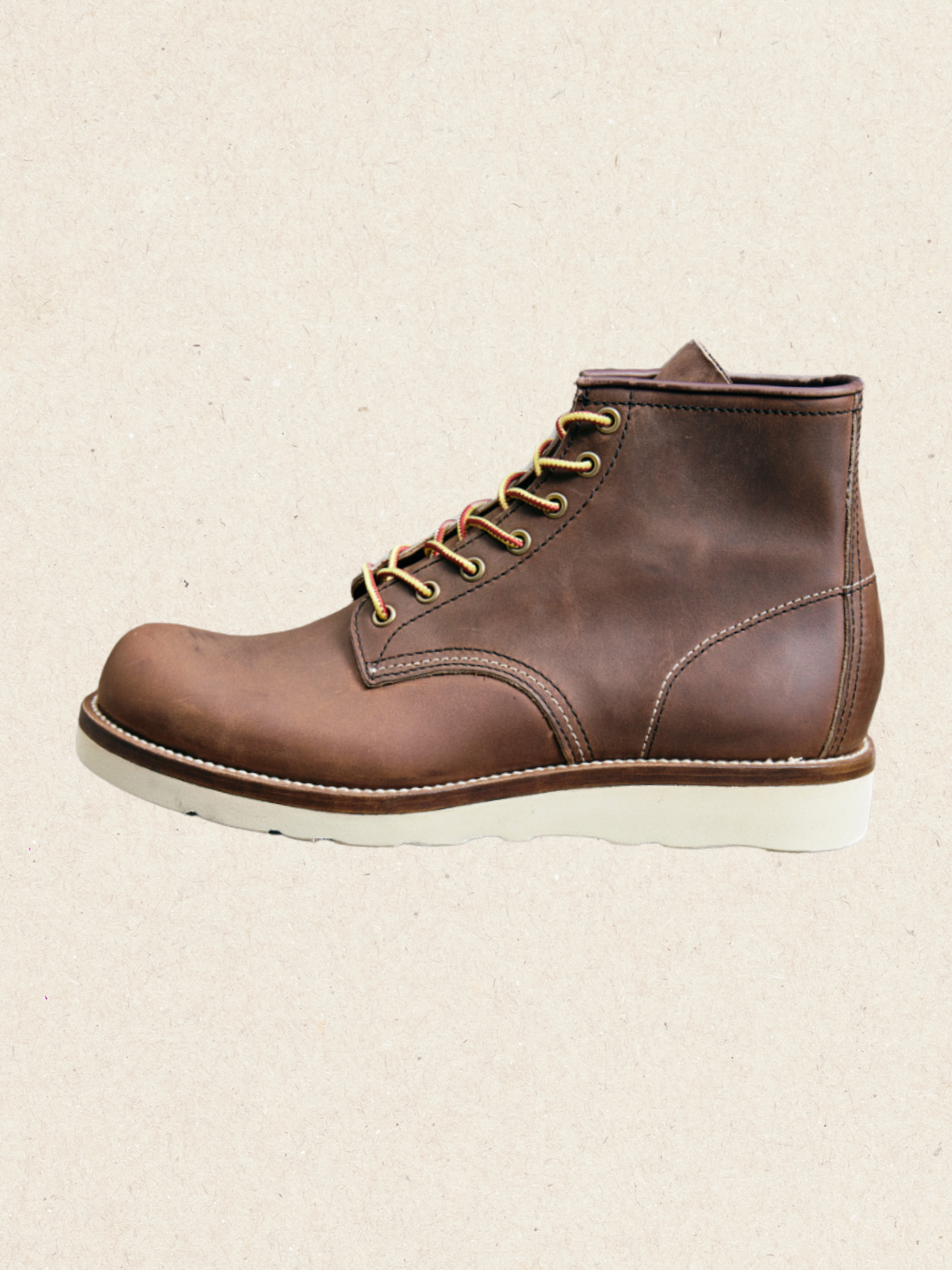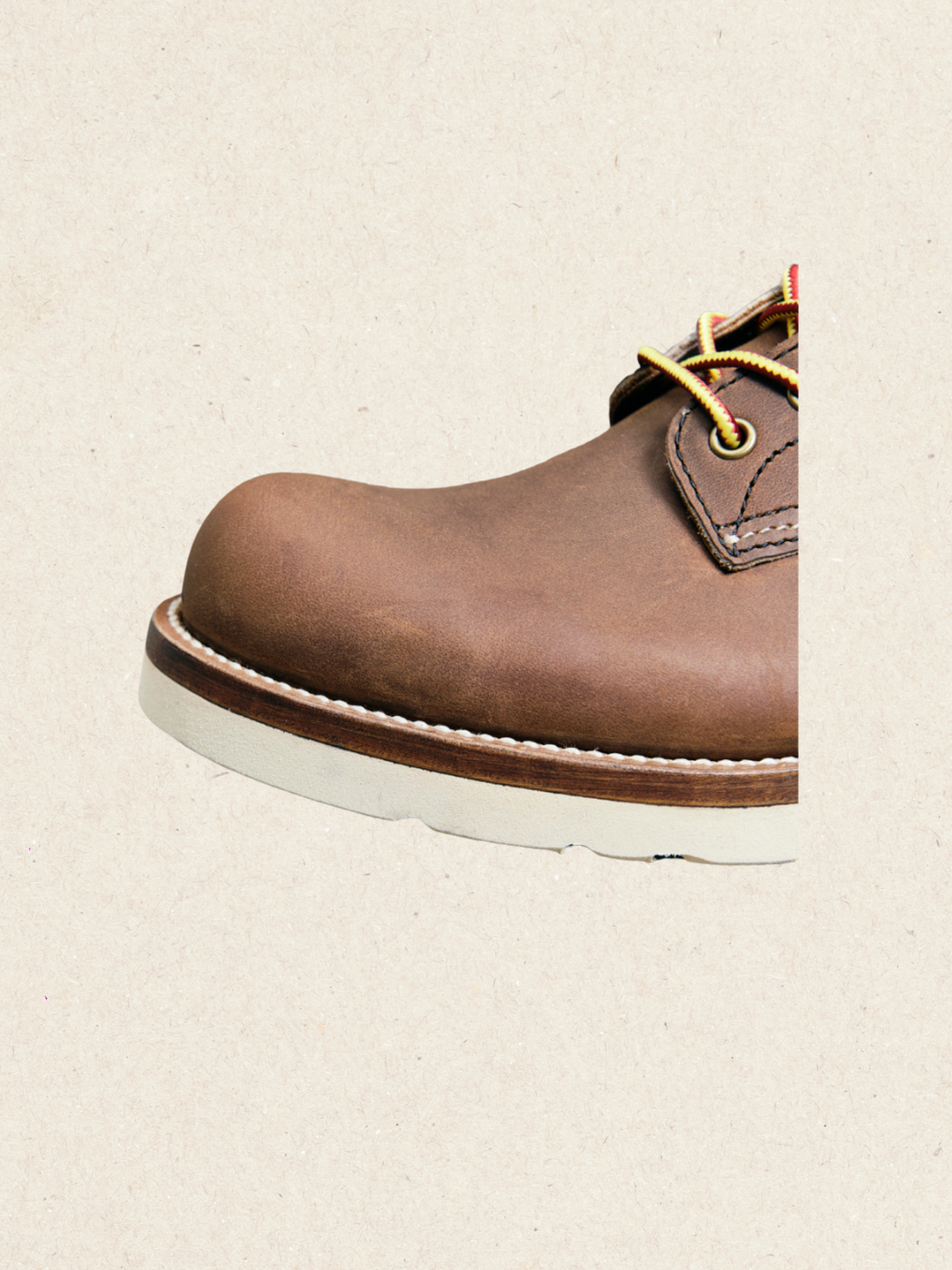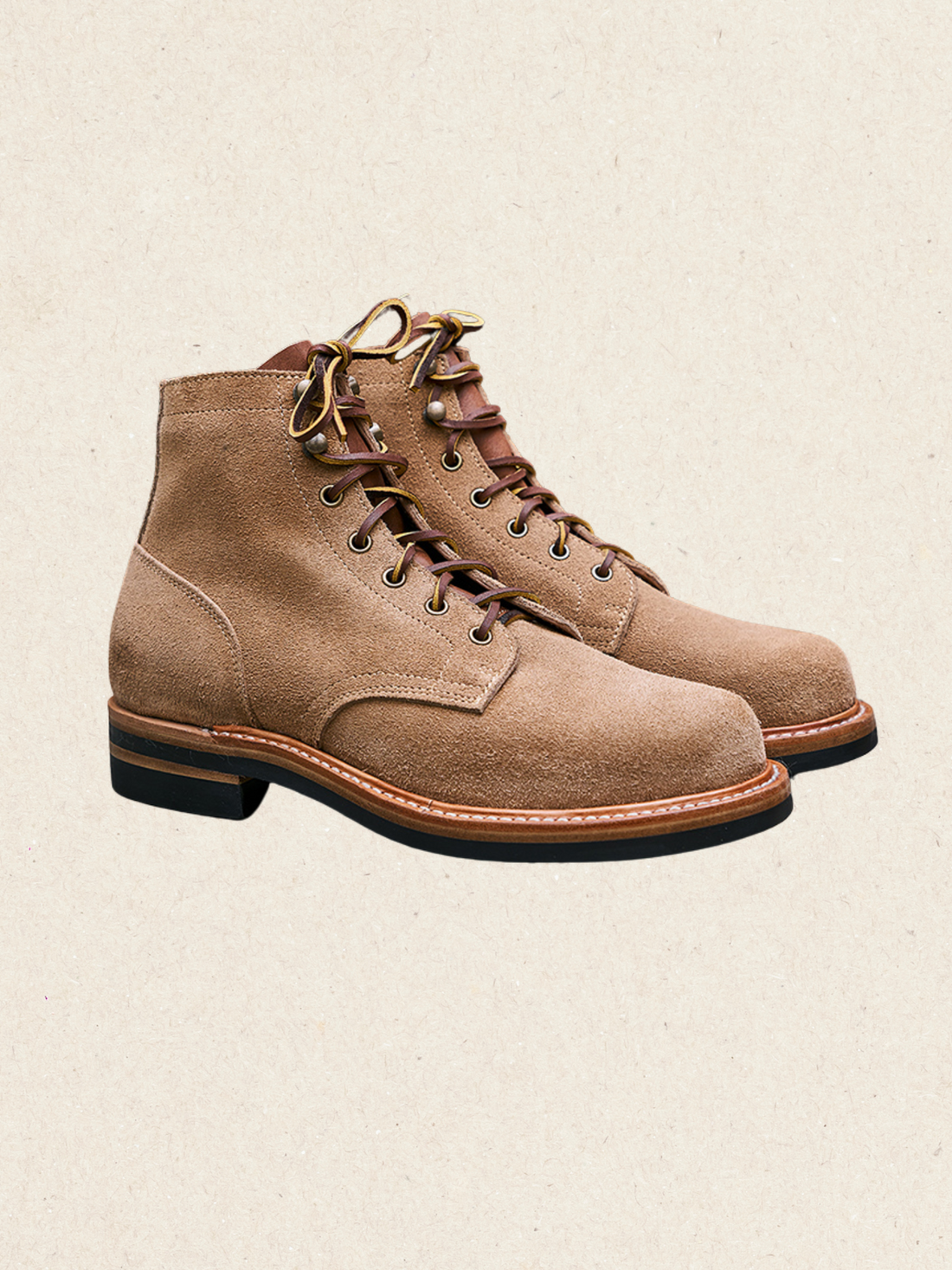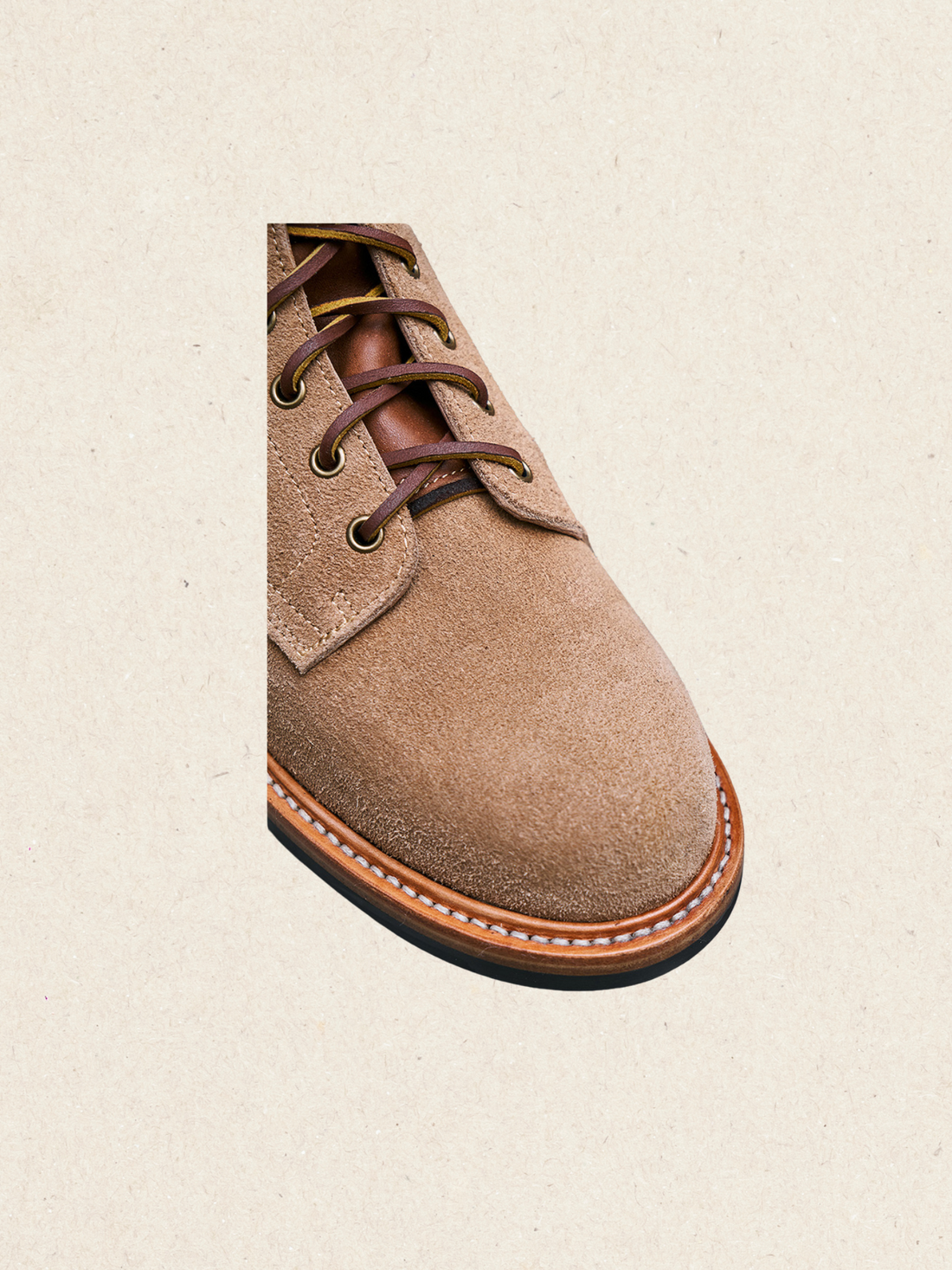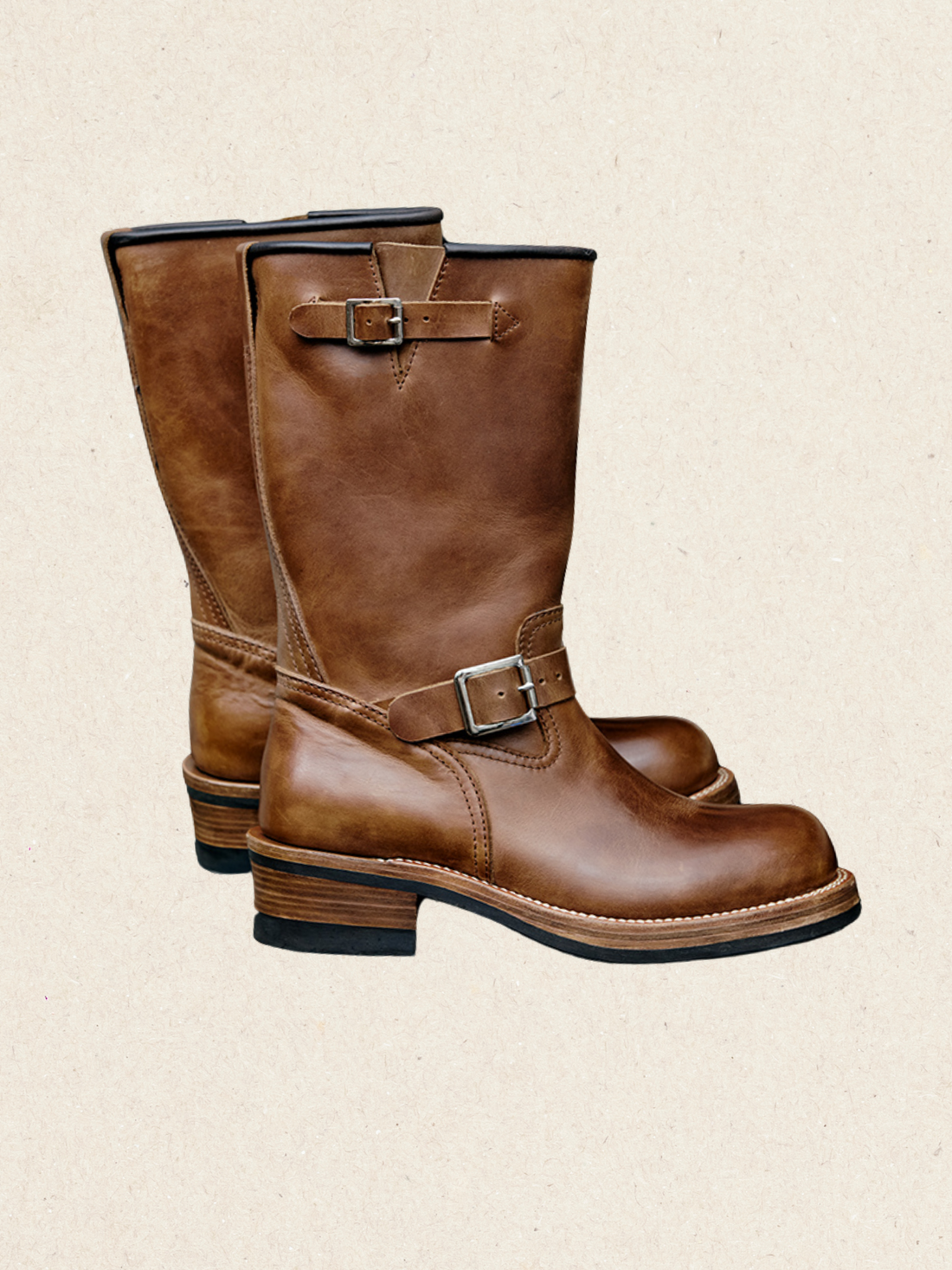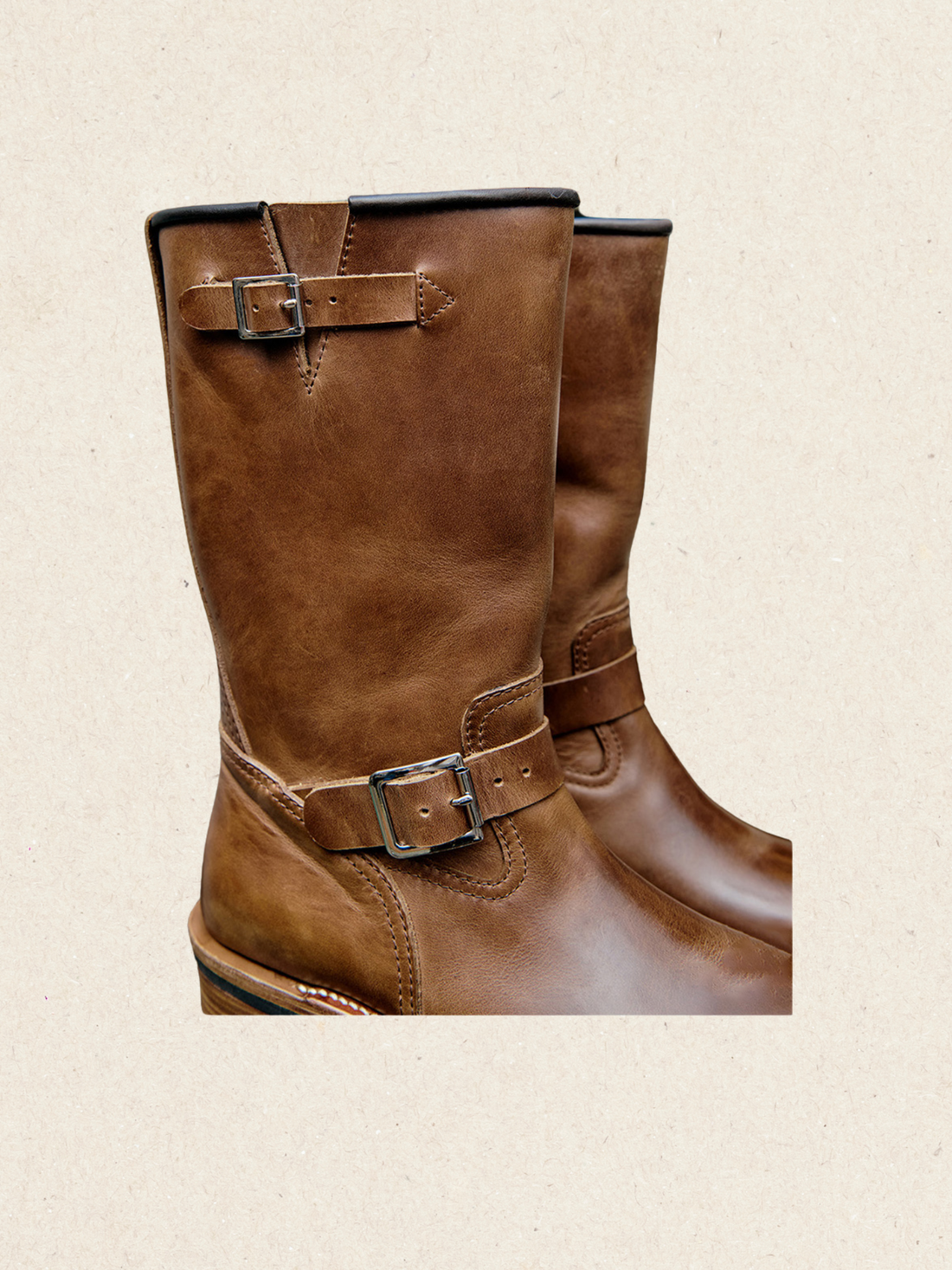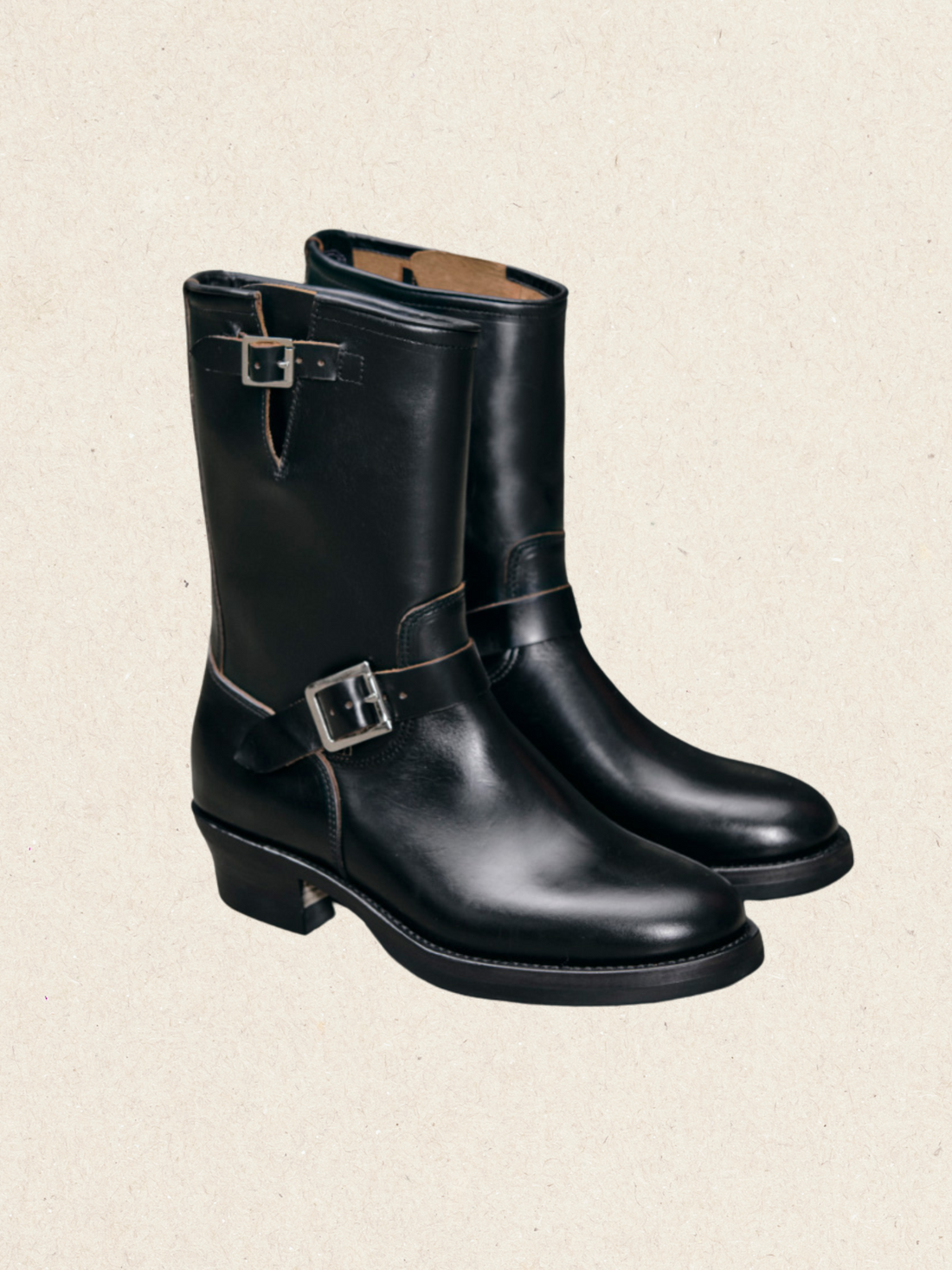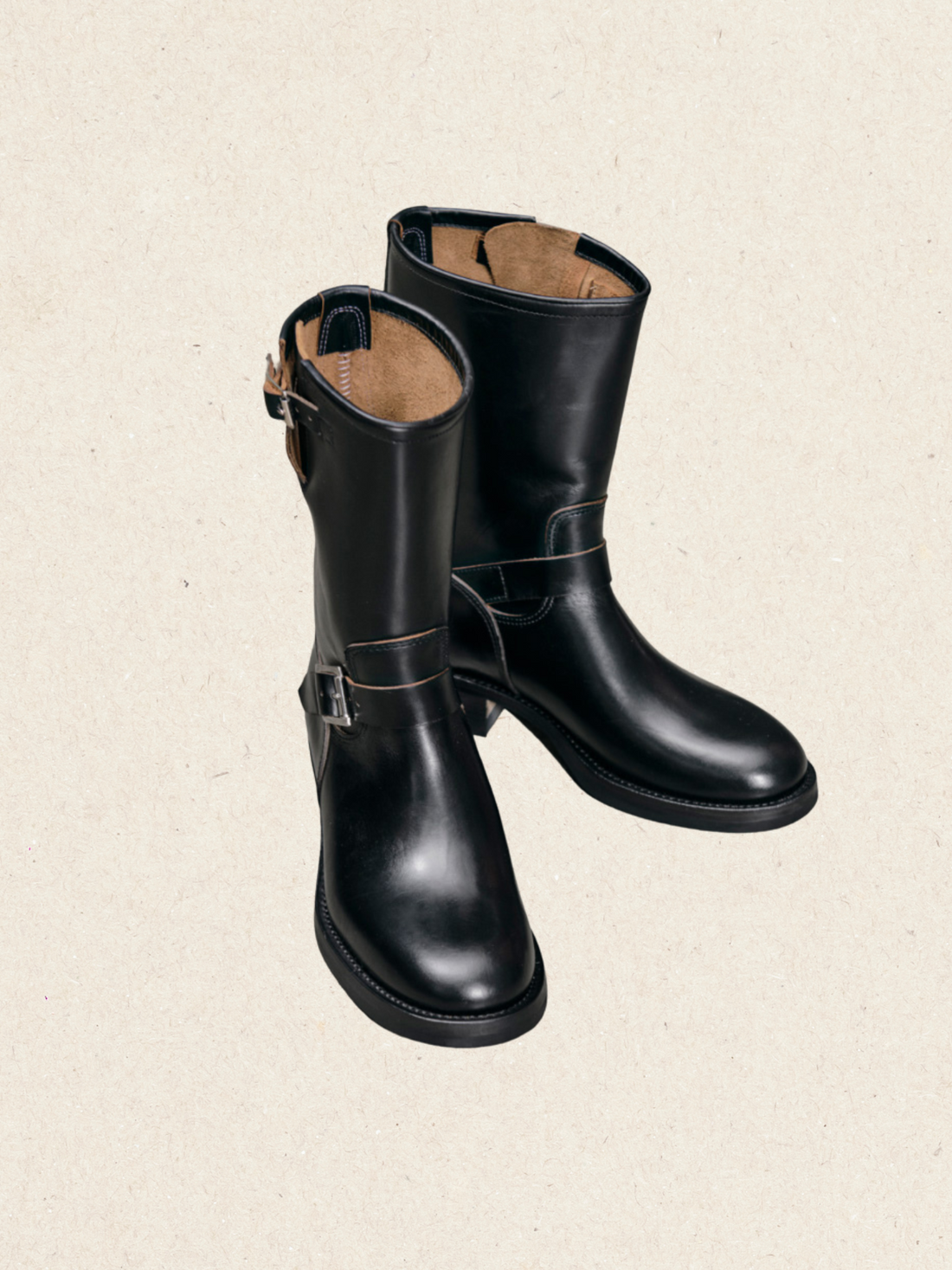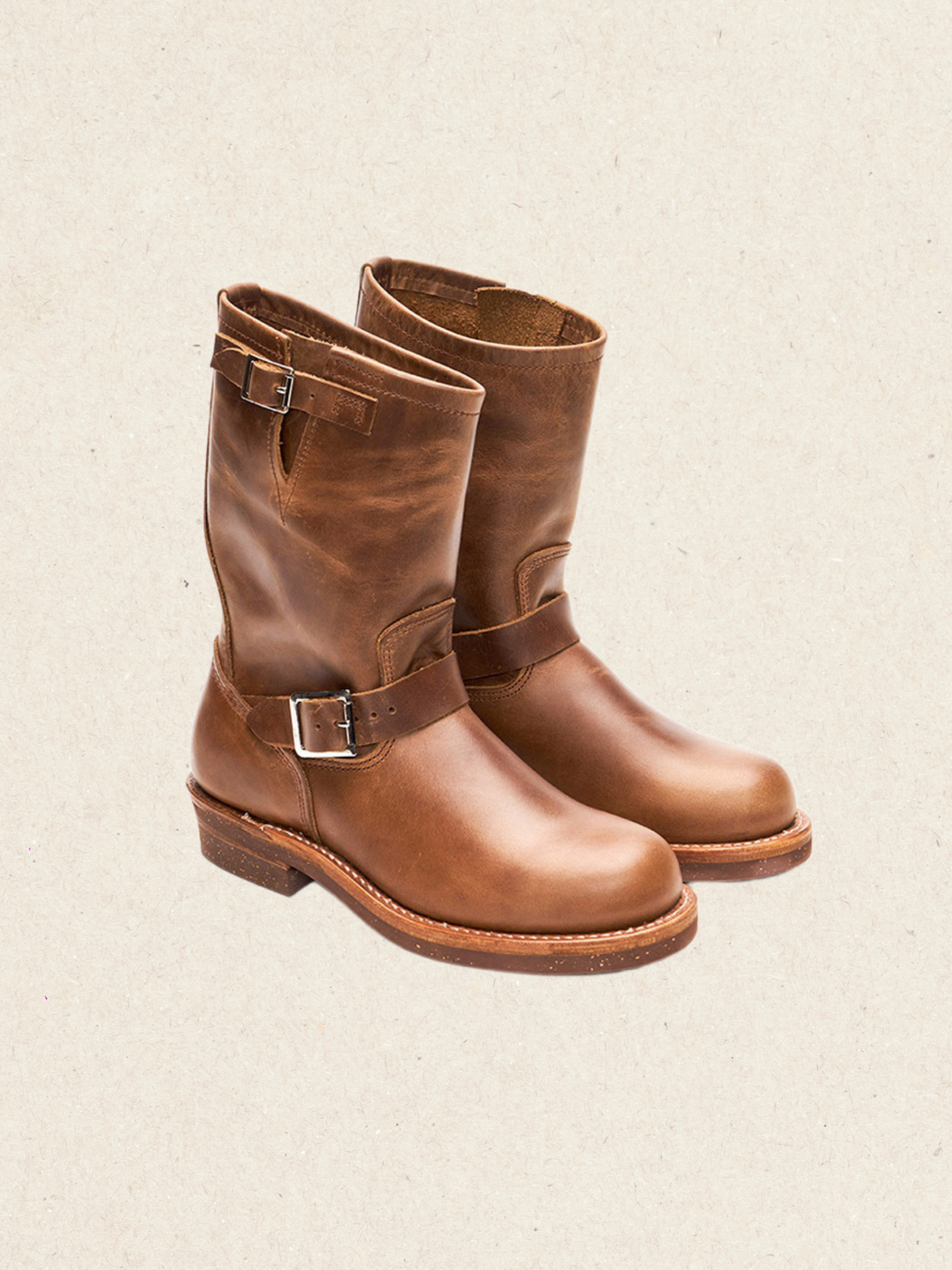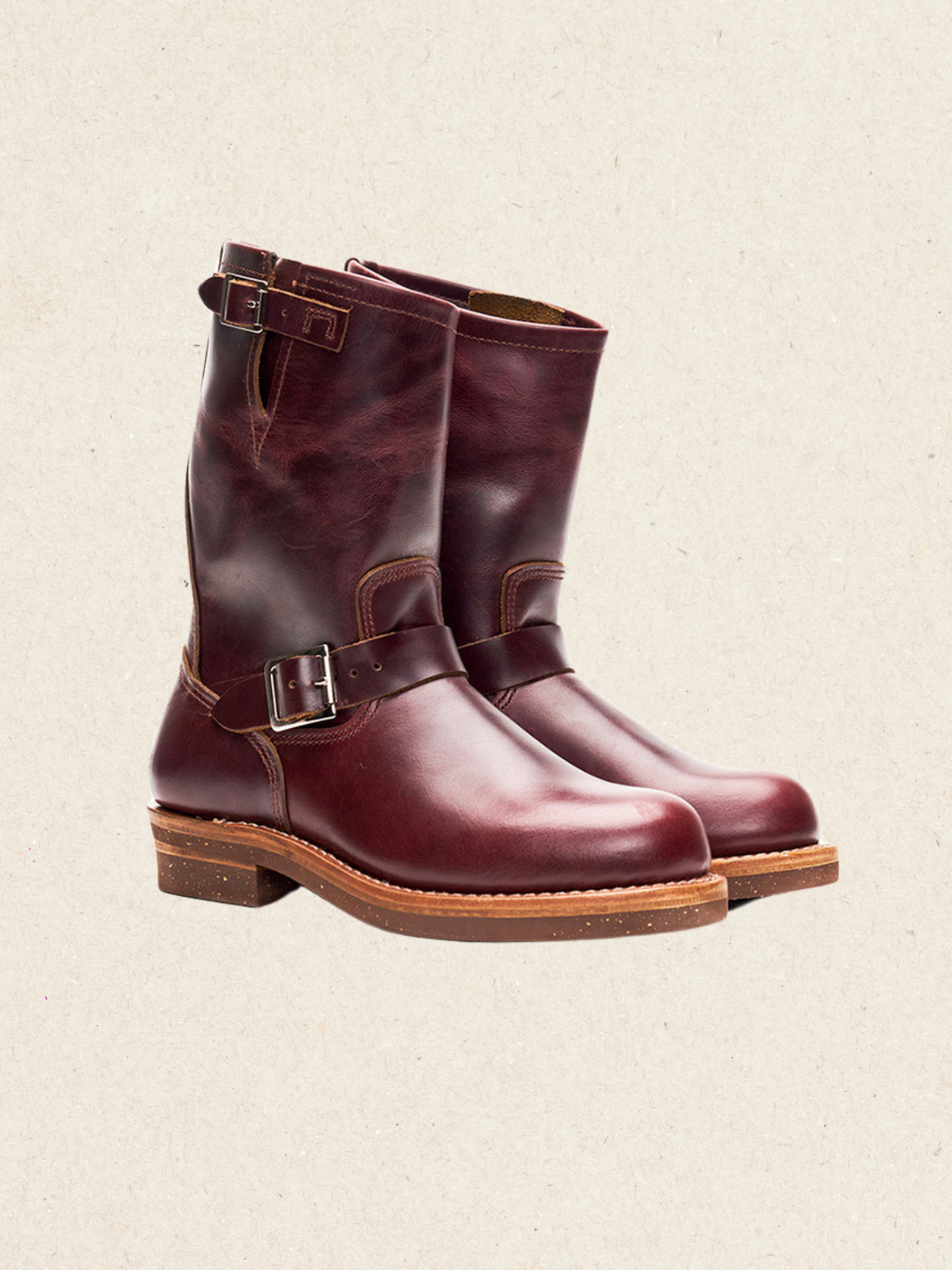Introduction: Why Boot Sizing Trips So Many People Up
Have you ever ordered a pair of men leather boots in your usual sneaker size, only to find them way too tight—or unexpectedly loose? You're not alone. One of the most common frustrations boot buyers face is getting the size wrong, and the root cause often comes down to misunderstanding what boot sizing really means.
Unlike sneakers, leather boots fit differently—especially when it comes to width, structure, and the way the upper hugs your foot. A size 42 in your favorite running shoes might not feel anything like a size 42 in a pair of structured leather boots.

In this guide, we’ll break down everything you need to know about boot sizing, highlight key differences from sneaker sizing, and show you how to choose the right size the first time—without guesswork.
Boot Sizing vs. Sneaker Sizing: Key Differences You Need to Know
When it comes to finding the right fit, boots and sneakers follow different sizing philosophies—something every shopper should understand before making a purchase.
-
Different Last Shapes, Different Priorities
Unlike sneakers that prioritize flexibility, bounce, and athletic performance, boots are built for structure, support, and long-term durability. This difference in last (shoe mold) design often leads to a firmer, more secure fit in boots. -
Wearing Habits Matter
Sneaker wearers often leave extra toe space or wear thicker athletic socks, while boots—especially dress or work boots—are designed to hug the foot more snugly. This means your boot size might feel tighter at first, but it doesn't necessarily mean it’s too small. -
Boots Feel Tighter at First—and That’s Okay
Especially with full-grain leather or vegetable-tanned leather boots, it's normal for them to feel slightly stiff and snug out of the box. These materials stretch and mold to your foot over time, offering a custom fit that sneakers rarely achieve.

-
US, UK, and EU Size Conversions Aren’t One-Size-Fits-All
International sizing can be confusing. A US size 9 doesn’t always convert cleanly to a UK 8 or an EU 42, as lasts and internal measurements differ by brand. Rather than relying solely on conversion charts, we highly recommend using your actual foot measurements (in centimeters or inches) as the baseline when selecting your boot size.
Three Key Factors in Choosing the Right Boot Size
-
Foot Length: This is the most basic measurement and a crucial starting point. While size charts (US, UK, EU) offer general guidance, conversions between these systems are not always precise. We recommend using your actual foot length in centimeters or inches as the primary reference when selecting a size.
-
Foot Width: Standard sizes may not suit everyone. If you find most shoes too tight or too loose around the sides, pay attention to width fittings such as E or EE. A properly fitted width ensures comfort and prevents unwanted pressure.
-
Instep Height: Often overlooked, your instep (the top part of your foot) determines how easily you can slip into boots—especially pull-on styles. A higher instep may require a wider shaft opening or adjustable design, while a lower instep benefits from snug support.
How to Measure Your Foot Size at Home
Measuring your feet correctly at home can significantly improve the accuracy of your boot sizing. Here's how to do it:
-
Prepare the tools: You’ll need a piece of paper, a pen or pencil, and a ruler or measuring tape.
-
Trace your foot: Stand straight on the paper, and trace around your foot with the pen held vertically. Make sure your weight is evenly distributed.
-
Measure the length: Use the ruler to measure the distance from the tip of the longest toe to the back of the heel. This gives you your foot length.
-
Measure the width: Measure the widest part of the foot (usually across the ball area) to determine your foot width.
-
(Optional) Instep or arch height can also be evaluated using photos or fit tests if necessary for pull-on or zip-free boots.
Tip: For best results, measure both feet at the end of the day and use the larger foot as your reference.

Common Sizing Misconceptions — Answered
-
Q: “I wear size 42 in sneakers. Should I pick the same size for leather boots?”
→ Not necessarily! Always check your foot length and consider the boot last before deciding. Size charts vary across different styles and brands.
-
Q: “The boots feel a bit snug—did I order the wrong size?”
→ Not necessarily! Leather boots often need a break-in period. If they have a full leather lining, they’ll gradually mold to your foot shape over time.
-
Q: “I have wide feet—does that mean I can’t wear leather boots?”
→ Not true! You just need the right fit. Go for wider lasts like EE widths. For example, Hector Maden’s C.F. Stead Scout Boots in EE width are made for broader feet.
Note: Sizing systems differ between the US, UK, and EU. We always recommend using your actual foot measurements (length and width) as the most reliable guide when selecting your size.
Sizing Recommendations for Different Boot Styles
-
Chelsea Boots: Known for their snug, close-to-foot design. It’s normal for them to feel slightly tight at first wear, but they will stretch and conform over time.
-
Moc Toe Boots: Featuring a wider toe box, these boots are great for people with regular to wider feet, offering more room in the forefoot area.
-
Engineer Boots / Military Boots: If you have a high instep, pay special attention when choosing these styles, as they can be more challenging to put on and take off without the right fit.

-
Work Boots: For those who wear thick socks or need boots for colder seasons, sizing up by half a size is usually recommended to accommodate extra layers comfortably.
Our Brand’s Sizing Recommendations
At Hector Maden, we understand that finding the perfect fit is essential. Our boots generally run about half to one size larger compared to typical sneaker sizes, so we recommend considering this when placing your order.

If you’re ever unsure about which size to choose, our customer service team is ready to help you find the best fit based on your foot measurements and preferences.
Additionally, we offer select models in E and EE wide widths, designed especially to accommodate wider feet and Asian foot shapes. If you have wider feet or require a more comfortable fit, please don’t hesitate to contact us for personalized sizing advice and product recommendations.
Final Thoughts: Choosing the Right Size to Make Your Boots Your Everyday Companion
A well-fitted pair of leather boots isn’t just footwear—it’s a trusted companion that carries you through all seasons in comfort and style.

Don’t hesitate to explore different styles and sizes! With the right measuring techniques and a clear understanding of boot sizing, you can confidently find the perfect pair that feels like it was made just for you.


